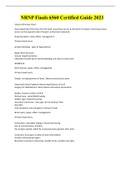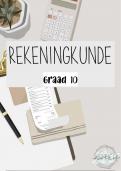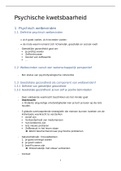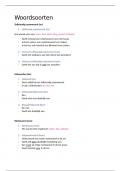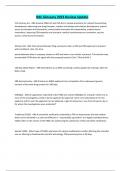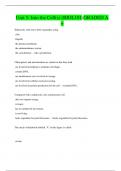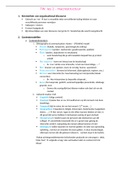Tentamen (uitwerkingen)
NRNP Finals 6560 Certified Guide 2023
- Vak
- Instelling
NRNP Finals 6560 Certified Guide 2023 coup-contrecoup injury Dual impacting of the brain into the skull; coup injury occurs at the point of impact; contrecoup injury occurs on the opposite side of impact, as the brain rebounds. Scalp laceration: what, effect, management Primary head injury p...
[Meer zien]
